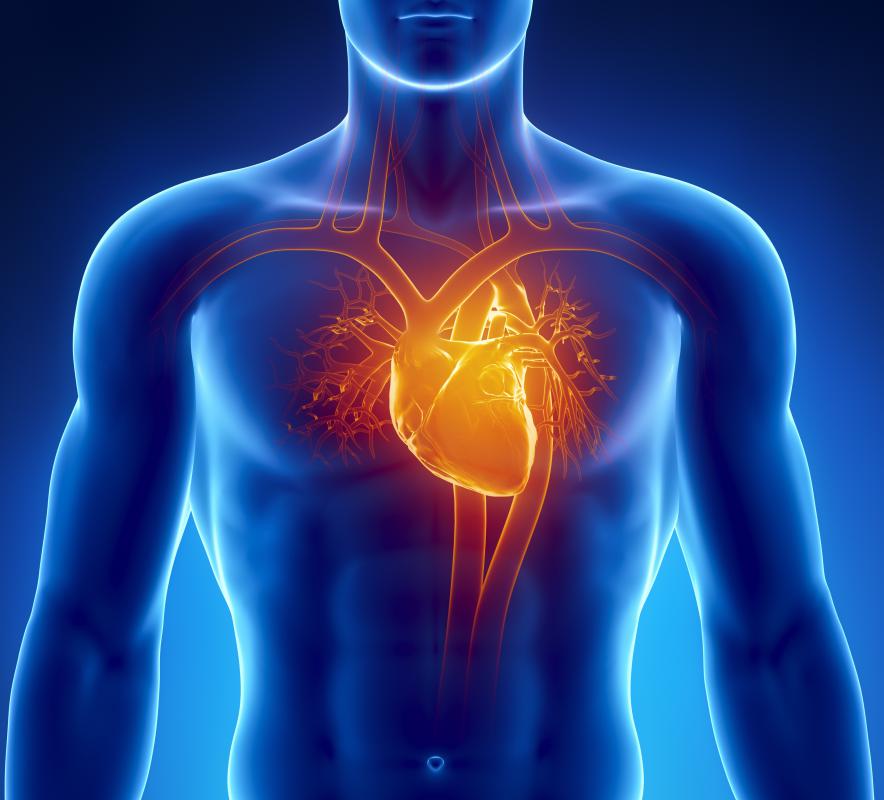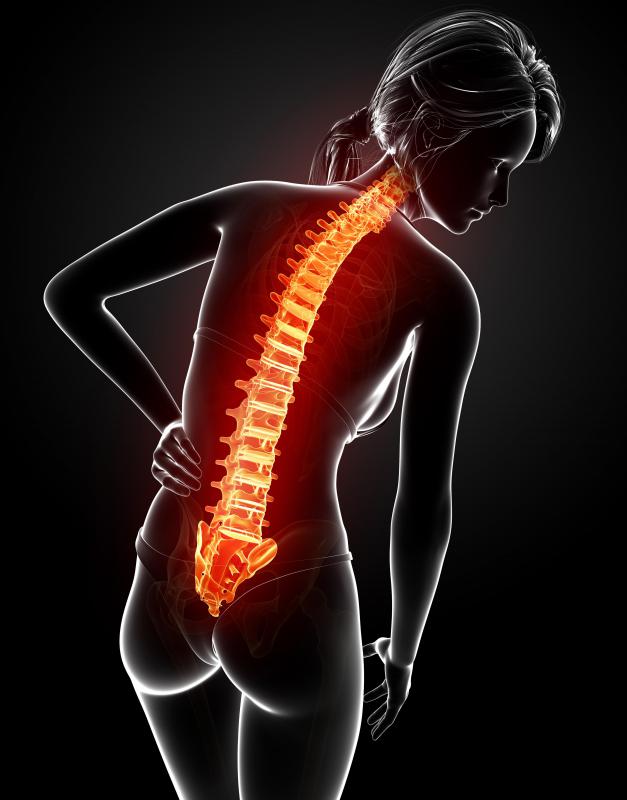At TheHealthBoard, we're committed to delivering accurate, trustworthy information. Our expert-authored content is rigorously fact-checked and sourced from credible authorities. Discover how we uphold the highest standards in providing you with reliable knowledge.
What is Spinocerebellar Degeneration?
Spinocerebellar degeneration, or Friedreich's ataxia, is a degenerative genetic disorder. It damages the nerves that send messages from the spinal cord and brain to the rest of the body. Affected people have difficulty walking and speaking. The disease is progressive and can eventually lead to death.
Friedreich's ataxia is caused by a defective gene on chromosome 9. This gene, called frataxin, causes the body to produce too many copies of a DNA sequence called GAA. The more the body repeats this DNA sequence, the earlier the patient begins to develop symptoms.

This genetic abnormality interferes with the production of a protein also named frataxin. The mitochondria is the part of the cell that produces energy for the body. In a healthy body, the frataxin protein helps assemble sulfur and iron clusters, which the mitochondria needs to be able to produce energy. People who have spinocerebellar degeneration do not have the necessary amount of frataxin, so their cells cannot produce the amount of energy that the body needs to function normally.

The mitochondria is not using iron as it should, so excess iron builds up in the body. The iron reacts with oxygen to produce irregular and dangerous molecules called free radicals. These molecules destroy healthy cells in the muscles and nerves. These cells cannot be replaced after they have been destroyed.
Spinocerebellar degeneration usually affects children between the ages of 5 and 15, and it is most prevalent in people of European or Indo-European ancestry. Boys and girls are affected at equal rates. It is an autosomal recessive disorder, which means that patients who develop the disease get the gene from both their mother and their father.

The earliest symptom of Friedreich's ataxia is weakness in the muscles. Patients have problems balancing and walking, and their lack of coordination gradually worsens. Other symptoms include hearing loss and changes in vision, speech irregularities, scoliosis, disorders of the feet, diabetes and heart disease leading to heart failure. Doctors diagnose spinocerebellar degeneration by performing a variety of tests, including genetic testing, muscle biopsies, X-rays and electrophysiological tests.

There was no cure or prevention for the disease as of early 2011. Patients might eventually require braces, wheelchairs or other walking aids as the disease progresses, as well as treatment for diabetes or heart disease. Couples who both have a family history of spinocerebellar degeneration should consult a genetic counselor to evaluate their risk of passing the disorder to their offspring.
AS FEATURED ON:
AS FEATURED ON:
















Discussion Comments
My name is Patricia and I am a sufferer of spinocerebellar degeneration. I got sick in my early teens. I just got up one morning and started walking strange, like I was drunk all the time. My parents took me to the doctor and they did several tests on me and I found out I had this disorder.
I walk on a wheelie frame and can still live independently and now I'm in my late 40s. It's a slow, progressive disease, so my neurologist tells me, but it also depends on the individual how well they look after themselves. I do stretches for my muscles, occasionally ride my exercise bike and I'm starting hydro. I live in Australia and I've yet to meet someone with spinocerebellar.
@MikeMason-- How quickly it progresses depends on the person but I know people in their fifties and sixties who have cerebral ataxia.
@MikeMason-- It's not a very rare condition. There are several support groups online for people with spinocerebellar degeneration disease and this itself shows that there are quite a number of them.
I think the numbers are underestimated because many people don't have an official diagnosis. Degenerative diseases can show similar symptoms so knowing the exact cause takes time and lots of testing.
There are also different types of spinocerebellar degeneration, with some of them being more serious than others. Doctors may not know which type a patient has until time passes and the progression of the patient is closely watched.
I don't know if it will ever be possible but some doctors and patients think that spinocerebellar degeneration may be treated or at least slowed down in the future by stem cell research. For now, all treatments are directed toward the symptoms and side effects of the condition.
One of my friends growing up had this condition. He seemed to be fine when we were kids but things started getting bad after he started school. Now he is 26 and he had to start using a wheelchair completely.
Does spinocerebellar degeneration usually progress so quickly? What's the maximum number of years this condition allows someone to live?
And I think it's fairly rare correct? Because I've never met anyone other than this one friend who has it.
Post your comments